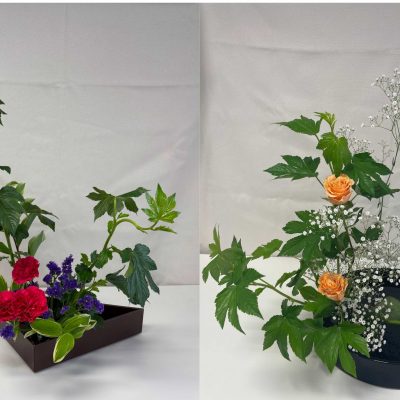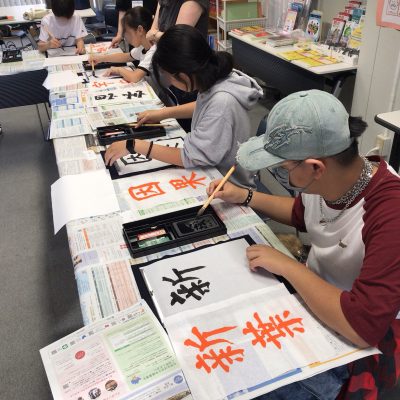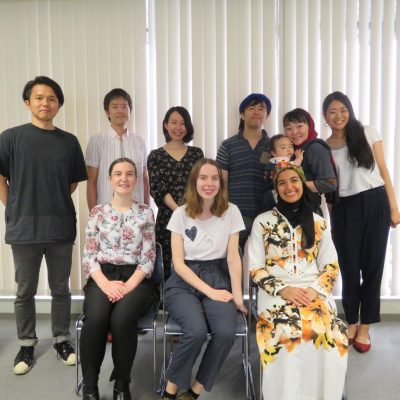 Jugoya means the night of August 15th of the lunar calendar, which the moon is expected to be the most beautiful of the year and there is a custom called, Tsukimi, viewing the moon in this particular night. At the place where the moon is seen, tsukimidangos (dumplings for Tsukimi), potatoes, beans and chestnuts are arranged, and sutumn plants such as Susuki grass (Japanese pampas), bush clovers and Japanese bellflowers are decorated.
Jugoya means the night of August 15th of the lunar calendar, which the moon is expected to be the most beautiful of the year and there is a custom called, Tsukimi, viewing the moon in this particular night. At the place where the moon is seen, tsukimidangos (dumplings for Tsukimi), potatoes, beans and chestnuts are arranged, and sutumn plants such as Susuki grass (Japanese pampas), bush clovers and Japanese bellflowers are decorated.
According to the present solar calendar, we call the full moon night between July 7th and October 8th Jugoya, the harvest moon. Jugoya for this year is the evening of September 24th.
The custom of moon viewing began in the Tang dynasty (7-9th century) from China and handed down to the Japanese nobility in the Heian period (9-12th century) and later spread throughout the country in the Edo period (17-19th century). This custom is widely seen in many countries of the eastern Asia including China, Taiwan, Vietnam and Korea. In China and Taiwan, Jugoya is a national holiday. Many people celebrate by viewing the full moon and eating geppei (moon cake).
The moon is a popular subject for novels like Taketori Monogatari story and haikus written by Basho Matsuo and many other haiku poets. Let us view the moon elegantly this autumn! An imaginary bunny pounding steamed rice into cake in the moon may jump out of it.
Following are famous spots for moon viewing, but of course you can enjoy moon viewing by the window in your house too.
Kudanzaka Chiyoda ciy. Tokyo Met.
Sarusawa pond Nara city. Nara Pref.
September 5th, 2018
Edited by: Meguro International Friendship Association(MIFA)

 Twitter
Twitter Facebook
Facebook Instagram
Instagram















